28 February 2014
Valerio Sommella was born in Cortona, grew up in Busto Arsizio, lives in Milan and is thirty-three years old. I have known him, personally, for seven. Valerio is a highly talented young Italian designer, who is distinguished from the din that often surrounds his colleagues by a singular virtue: he is not an artist, does not consider himself an artist and does not think that his work is similar to that of an artist. Valerio comes from a tradition of Italian design in which the aesthetic approach, taste and intuition, are fundamental, but not the only anchor of the process, its raison d’être. The anchor is the project in the strict sense of the word, it is the client with his requirements, it is the object’s function and the market in which it is going to be sold. Perhaps this attitude derives from his collaboration with Stefano Giovannoni, whose studio he joined when still fresh from graduating summa cum laude at Milan Polytechnic. The fact remains that Valerio has also worked with someone very different from Giovannoni, the Dutch designer Marcel Wanders, and that over the years he has developed personal approaches that diverge from the customary practice of Italian design. We talked about this too on a winter evening at his home, sitting on the couch and chatting about the nature of design, Esselunga, Japan, fishing and other things.
Let’s start with the basics. How would you define design? Where does it begin and where does it end?
I’ve always practiced design as an occupation that does not exist without industry. I studied industrial design and I’ve always kept faith with this approach. Usually, therefore, my limit is represented by the relationship I have with a client.
So you’ve never designed anything that hasn’t been commissioned?
I’ve only done one project independently of a client, Specimina, but I wouldn’t call it a work of design: it’s a work of research into form. Specimina is an automated system that I created to generate forms, to be specific vases, on the basis of numerical parameters that identify the place where the vase is generated: GPS coordinates, temperature, humidity. As you can see it is a project completely disconnected from any requirements of the market, a pure exercise that attempts to simulate the capacity of nature to create forms that are similar but different.
In essence, it’s a piece of software?
I’d describe it rather as a statistical model whose results, the vases, have a certain logic. With Specimina forms are generated through the action of different forces: there is a force that squashes, one that elongates, one that wrinkles and so on. The agents that create these effects are numbers linked to localized environmental parameters.
So production is necessarily linked to location.
Yes, and for me it has been a way of reflecting on the history of design. Once if you found a chair made in a certain way you could say: “Ok, this is African because it is made from these materials and produced with this technology.” Today a chair tells you very little about its origin: it could have been designed by an Italian, but produced in China. The geographical affiliation of a manufactured article is increasingly hard to decipher. To realize how new this phenomenon is it suffices to think of archeology: if scientists find a pot in an excavation, they know that it was made in that period and in that place. Simply because things used to be made with the materials available locally and the technologies that a certain people knew how to use. Today you can make anything anywhere. Specimina is an attempt to give particular geographic parameters back the capacity to generate a “type” that can exist only and exclusively in a precise place, under certain specific conditions. If other parameters are then introduced into the same geographical area subtypes of product can be generated. Just as in the human species, where in a population of a thousand individuals you will find the average type, but also the tallest one, the shortest one, and finally the extremely rare case, the highly improbable one.
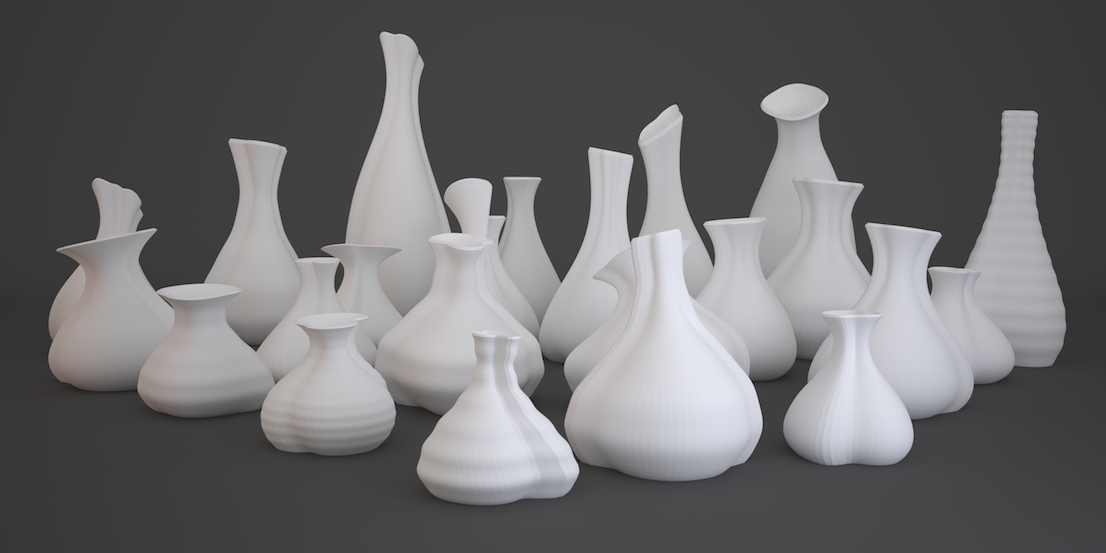
Specimina, design by Valerio Sommella, 2011.
So it is an entirely computerized project.
Yes, Specimina is conceived for production on a 3D printer. A choice that is the complete opposite of my usual work: I wanted to do something that would be different and fun. Inserting data into this set of forces, products are generated that often surprise me, and that, in any case, given my training and aesthetic vision, I would never have been able to design myself. In essence, the vases of Specimina have absolutely nothing to do with me, even though they have been generated by a system that I developed.
Do you think it was a reaction to working on commission? Which you found boring, limiting?
No. I’d say rather that when you work on a project you control everything, and if something surprises you it has almost to be considered an error, because the designer should have total oversight of the form from the beginning to the end—you don’t want to be surprised. Specimina is a way of rediscovering the surprise that of necessity can no longer exist in the project.
With the advantage that if you repeat the experiment a thousand times you will get a thousand different results. Or perhaps you can also see trends emerging?
Yes, in the long run you see that everything comes back. In the sense that you have a large number of things that resemble one another: it is a matter of the Gaussian distribution that is found in nature, and that is one of the key elements of this project.
Do you draw a lot of inspiration from nature in your work?
Yes, but with some reservations: for example, I never start out from a natural form. Instead I ask myself some questions. Such as: who am I designing for? Who do I want to sell to? When I work for a client I never forget that he has to sell, and sell a lot, because there has always been a major investment. So my inspiration is always tempered by other considerations: who is going to buy this product? What reaction does this form provoke in those who see it? What needs does it meet? What function does it have? Nowadays, you can’t hope to sell thousands of pieces of something that doesn’t work properly. I say nowadays because paradoxically it used to be possible: there are objects that have gone down in the history of design, that have sold in large numbers, but that are notoriously open to question at the functional level.
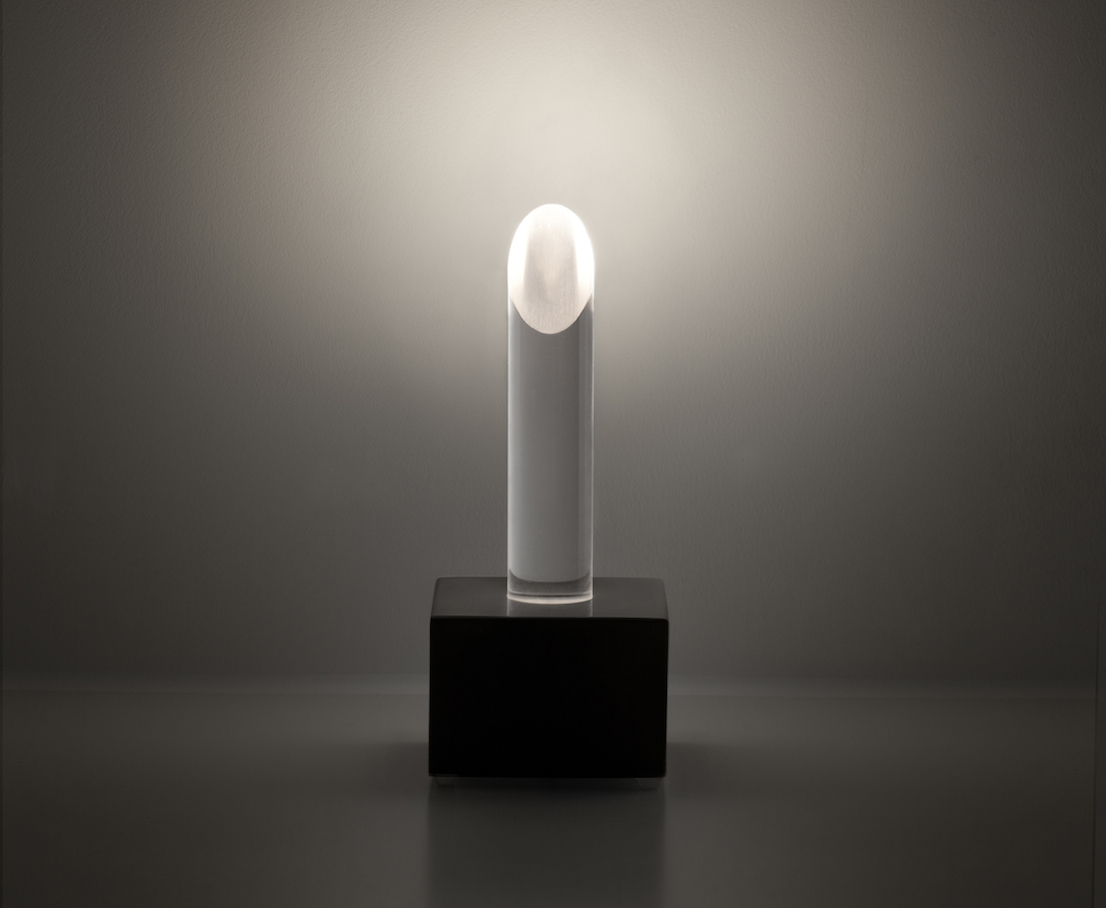
Rampu, design by Valerio Sommella and Alberto Saggia, 2009.
What has changed today?
There are many more players, more designers and companies. Not to mention that the lifetime of a product is growing progressively shorter. The pieces that have made Italian design a success were created decades ago, but are still beautiful and hold their place on the market. Today I’d find it hard to name a single product that might have fifty years of strong sales ahead of it. Everything has speeded up: both the process of production and the life of the product itself.
To the question “are you more a designer or an artist?” you would answer “I’m a designer”?
Yes, more or less, I do projects.
The word project makes me think of product design and thus the industrial process. While design puts me more in mind of the aesthetic approach.
As far as I’m concerned, production process and aesthetics go together very well in my work. I prefer the word project, but the aesthetic factor is extremely important in everything I do.
I happened to interview Enzo Mari and he talked to me for at least ten minutes about how he much he hates the word design.
Of course. (Laughs)
He said: “I’m not a designer because I do projects.” It seems to me in keeping with what you said at the beginning of this conversation: there is a client, a market, a price, and it’s necessary to start out thinking in those terms. Then comes the aesthetic approach.
In recent years there has been this shift toward the artistic, toward the limited run, self-production, galleries—I don’t see myself doing this, I’ve never been able to identify with this. I cut my teeth in the profession with Stefano Giovannoni, who has designed the bestselling products of companies that have shaped the history of Italian design. His products have always sold very well.
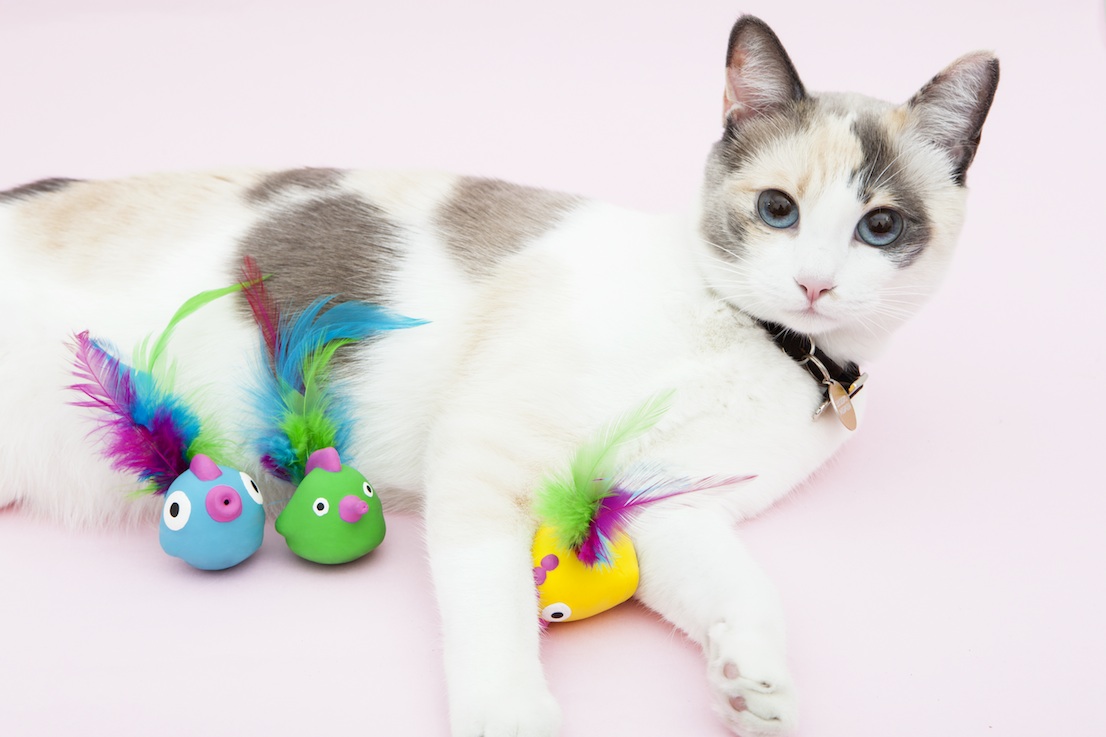
Tre tenori, design by Valerio Sommella, 2013. Photo: Bea De Giacomo.
What do you think of the fact that in Miami the Design Week is held at the same time as the Art Basel fair, and that visitors therefore go back and forth between presentations of art and of design?
There are some things that make you think: take Marc Newson’s Voronoi bookshelf, made out of a single block of marble. He’s able to sell it at a stratospheric price. How can you say that’s wrong?
But how many of them does he make? Five? Six? At that point we’re talking about art.
It’s certainly not industrial design, it’s something else. When I was with Wanders, I too worked on the creation of products of this kind. The first was the Crochet Chair. Twenty of them were made.
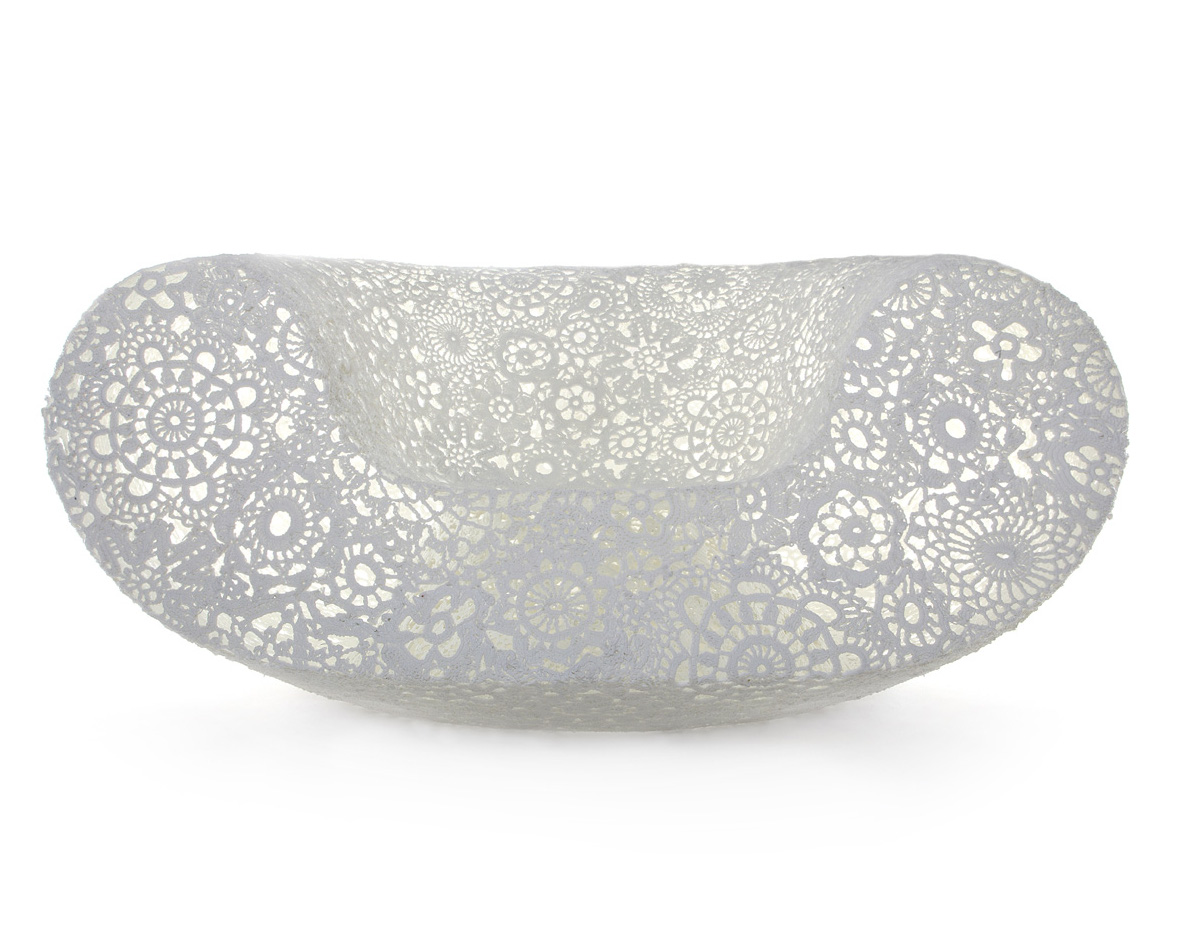
Crochet Chair, design by Marcel Wanders, 2011.
And which of your designs is the one that when you look at it you think: “This turned out really well.”
It makes me smile to say it, but the product of which I’m most proud is the Minù cat litter box for United Pets. It was a complicated project and its development took two years for many reasons connected with what we were talking about at the beginning. The client says to you: let’s make a litter box for cats. Fine. How are we going to do it? You’ll make it look good? That’s not enough, there are a lot of other things that need thinking about. To give you an example, we had almost finished the project, when we had to stop because it was just 16 millimeters too big, which would have meant thirty less pieces in the container on each shipment. And this would have raised the cost by several euros a piece, pricing it out of the market. It was a factor that we hadn’t considered at the outset. So we called a halt, and redesigned the box to make it smaller. It was only launched on the market a short time ago, and for the moment has been an unexpected commercial success, to the point of putting a strain on production. Recently, Minù has been included in the Esselunga supermarket chain’s rewards catalogue and, however silly it may seem, I find this a sign of great success. Just this evening a friend of mine told me that his brother—who I don’t know—had bought “a beautiful litter box, top of the range, etc.,” in a store and was very content with it. It was mine. What makes me really happy as a designer is exactly that, finding my products in the homes of people who have them not because I made them, but simply because they have seen, desired and bought them.
So you’d be happier with a bestseller than with an award?
Yes, definitely. And another thing that would make me very happy would be to find my products in a secondhand market, or on eBay.
When you’re designing do you start by looking at other, similar products? Do you relate to other designers?
Of course. And even if I start out from an abstraction I very soon start doing research into what is already on the market. It’s always necessary to check out the competition. Going back to the question you asked me before, about my favorite product, there are other projects exclusively of research that I’ve had the luck to do for Japanese clients. I’ve worked for Panasonic, recently for Honda, and now for another automobile manufacturer. They are interesting companies because they turn to Italian designers who have nothing to do with the auto sector, asking them for visions, not products. That is: what is going to happen in four years on our market, what are cars going to look like, what materials will we be using, what forms will we be designing?
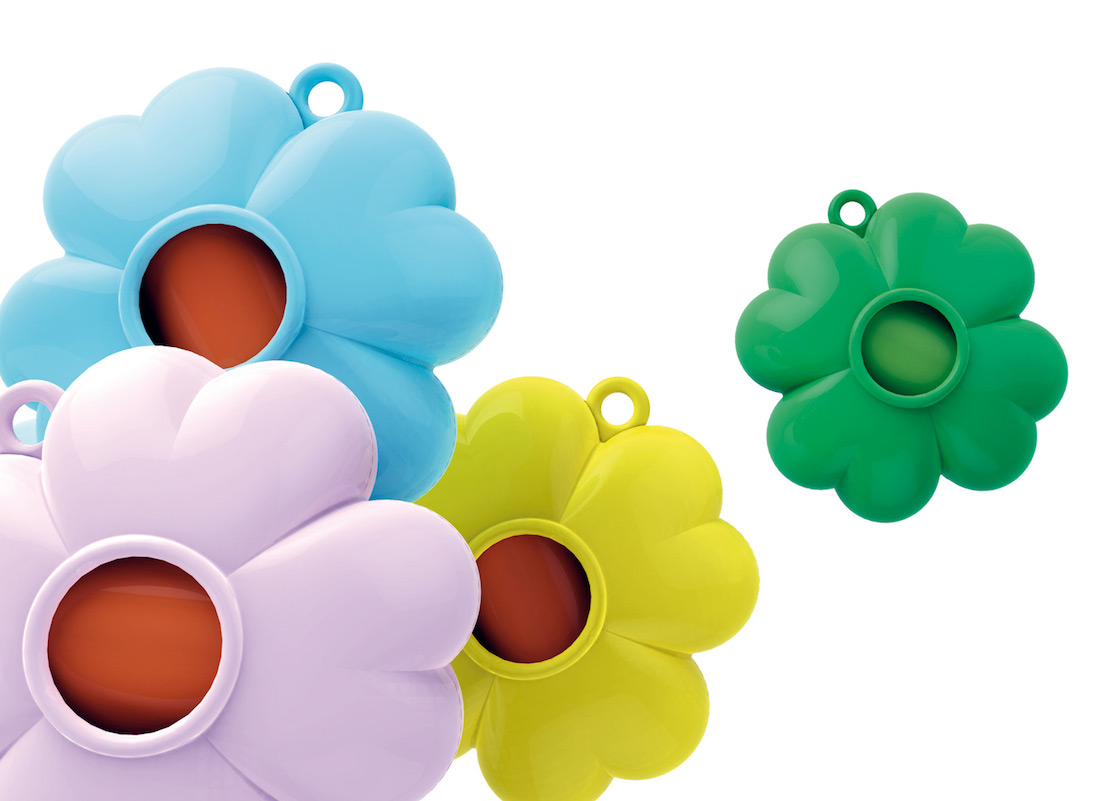
Kaori, design di/by Valerio Sommella per/fot United pets, 2009.
Why do you think these Japanese companies turn to Italian designers? Is the myth of Italy still alive?
I don’t know about the rest of the world, but in Japan it certainly is. I think they turn to Italians because we have a different approach to their aesthetics, which are so precise and formal. In my case, the results of the research are utilized exclusively at an internal level, in their immense styling and technical departments. In this sense my work becomes grist for their staff.
Is there something you would really like to do and that hasn’t been commissioned from you? Your production is very varied.
Yes it is, and it’s one of the things I like most about my job. Now I have a product coming out for Vistosi, the Semai lamp that was born out of a project I did in 2009 with Alberto Saggia, without any commission. One day the director of the Triennale Design Museum, Silvana Annicchiarico, suggested we show that lamp at an exhibition of young Italian designers. All we had was a rendering, a beautiful rendered image, but the lamp did not exist. So I rushed off to a glassworks to make a prototype. Only later did I find out that the glassworks belonged to Vistosi: one thing led to another and the company took an interest in our work, and now we’re developing the lamp. I’m very pleased that after such a long time Semai has found a real dimension. To try to answer your question more precisely, I’d like to design a spear gun because I’m a fisherman, but chiefly because it’s an extremely simple object—it’s like a crossbow. But it’s very interesting from the formal viewpoint because, despite its harmonious appearance, it is pure function: it is subjected to enormous strains, but must not bend, must not have ballistic deflections and so on.
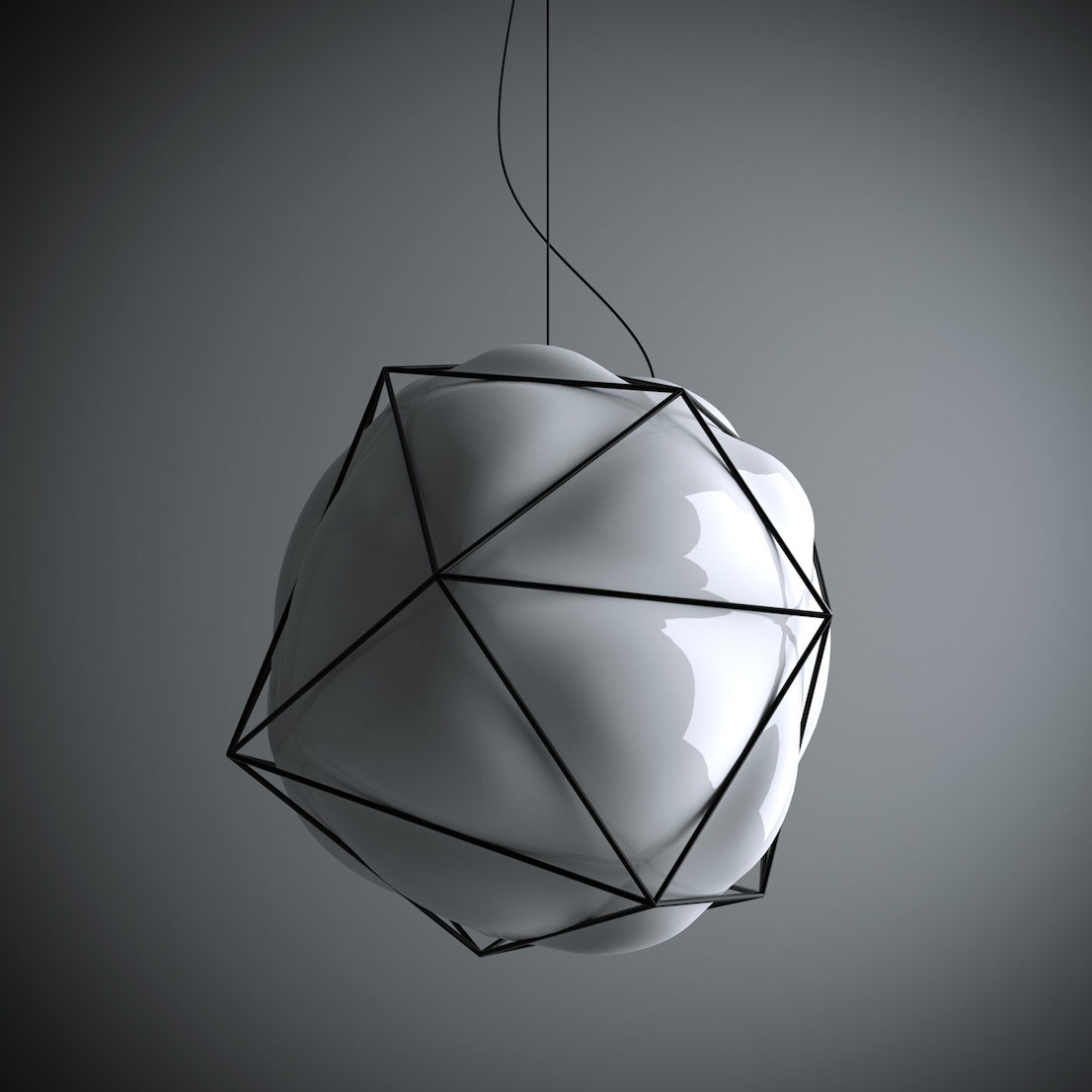
Semai, design by Valerio Sommella and Alberto Saggia, 2009.
And here we come to the sea, which is a great passion of yours.
Yes, the research project for Honda was all structured around rays. And then, on a personal level, at a certain point I became obsessed with the patterns of animal skins. For decades, in fact, the use of such patterns has been limited to three or four animals: zebras, leopards, snakes. So I began to design fantastic patterns of fish that no one knows. But perhaps they are too much of a niche product…
Yes, and frankly I can understand why a woman would prefer to look like a jaguar than resemble a sea bass.
Ha ha! Yes, of course. And just think that it all revolved around groupers, not very sensual at all.
Another thing I’ve noticed is that almost everything you design is curved.
I’m crazy about soft forms, about the control of curves. And there’s a lot of Giovannoni in this too.
One last question, a traditional one when you’re interviewing a designer: what is your favorite object of design?
The fishing float. It’s so cool: as well as being formally very attractive, every bit of it is hyper-functional. From the fastening of the line that has to pass through the hole to the coloring. It is fascinating from a symbolic point of view too: it’s constantly poised between above and below, but above all between life and death.
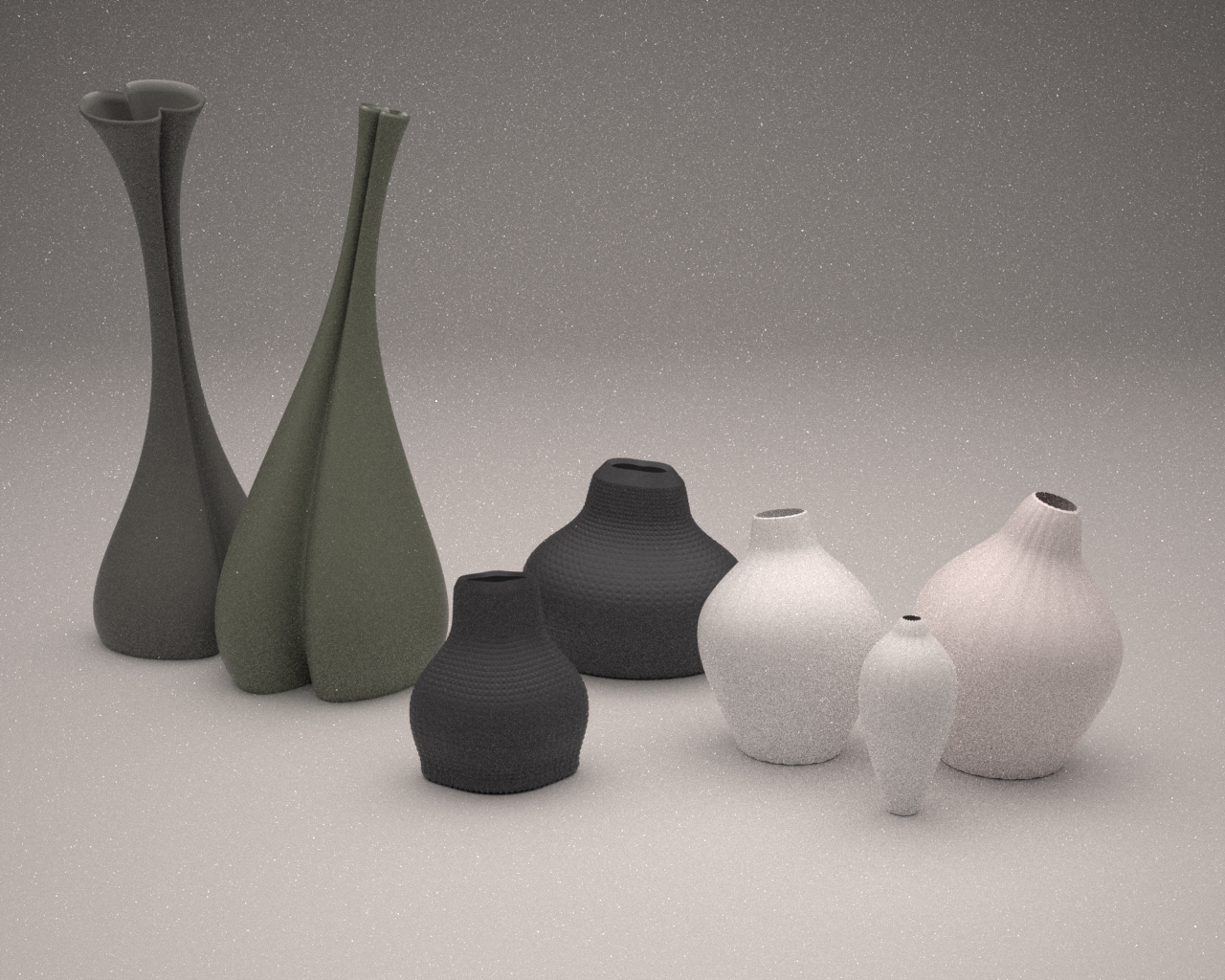
Specimina, design by Valerio Sommella, 2011.
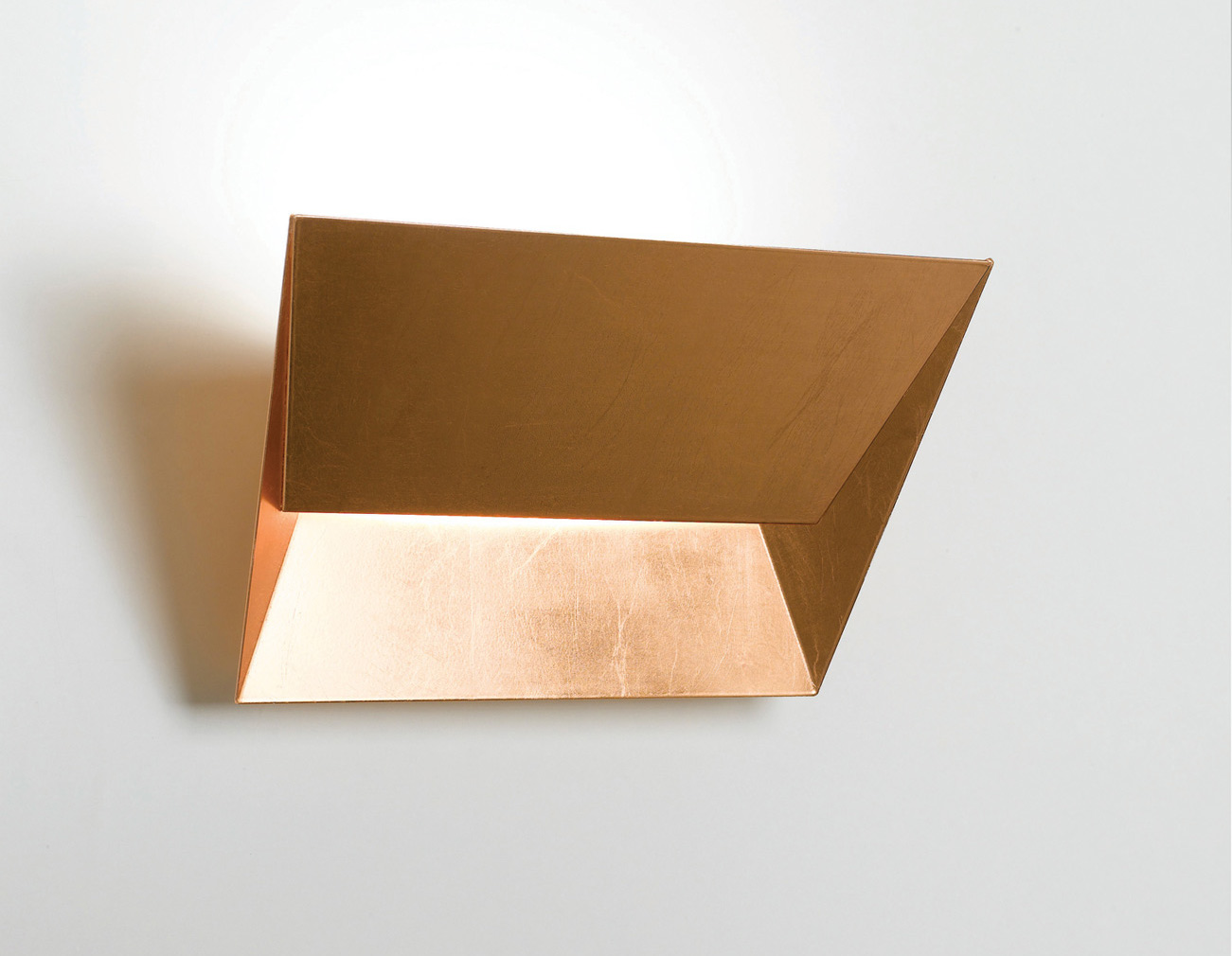
Mail, design by Valerio Sommella and Alberto Saggia for Lumen Center Italia, 2013.
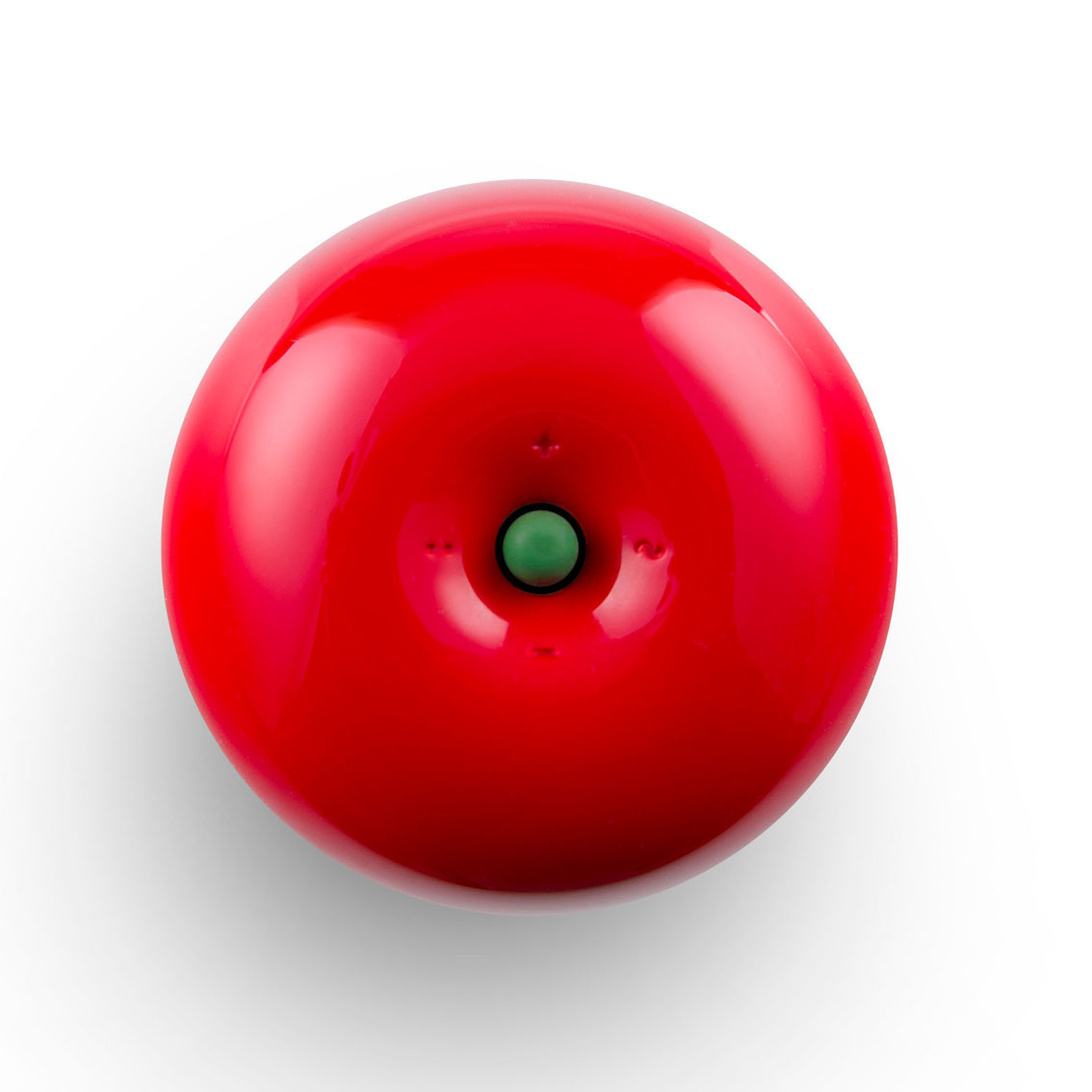
Eva, design by Valerio Sommella, for Rianne S, 2010.
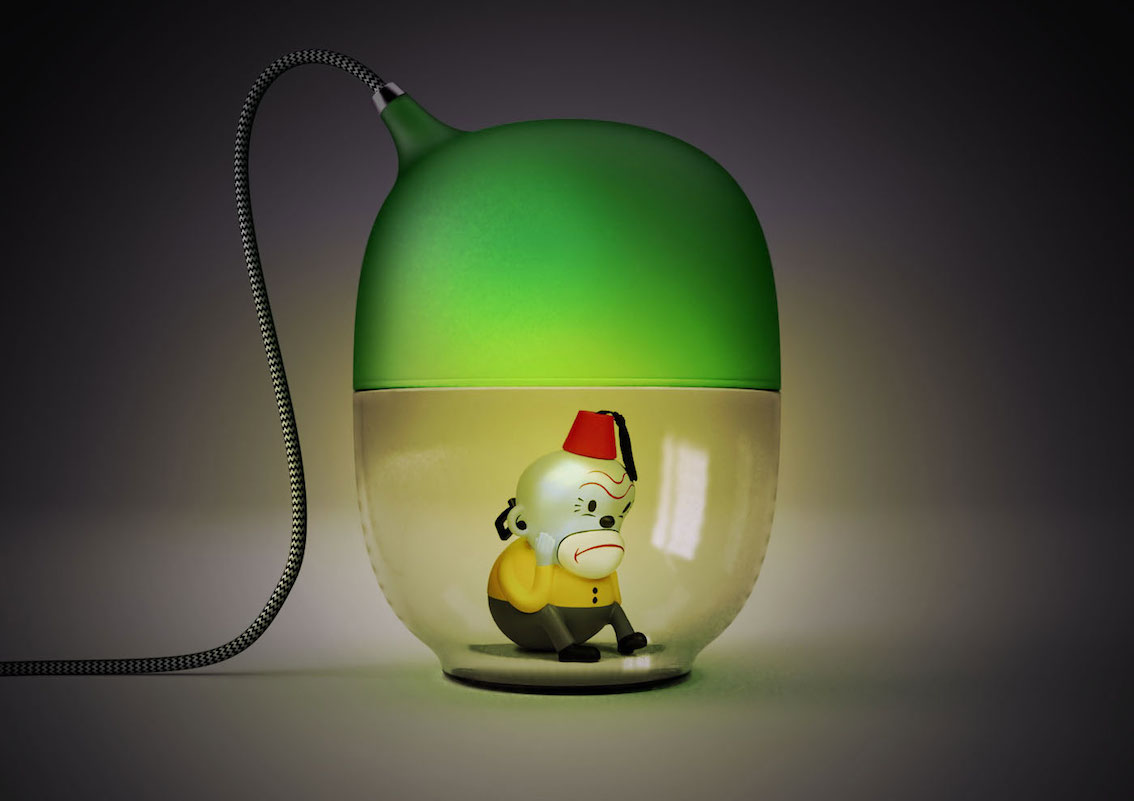
Ova, design by Valerio Sommella, 2009.
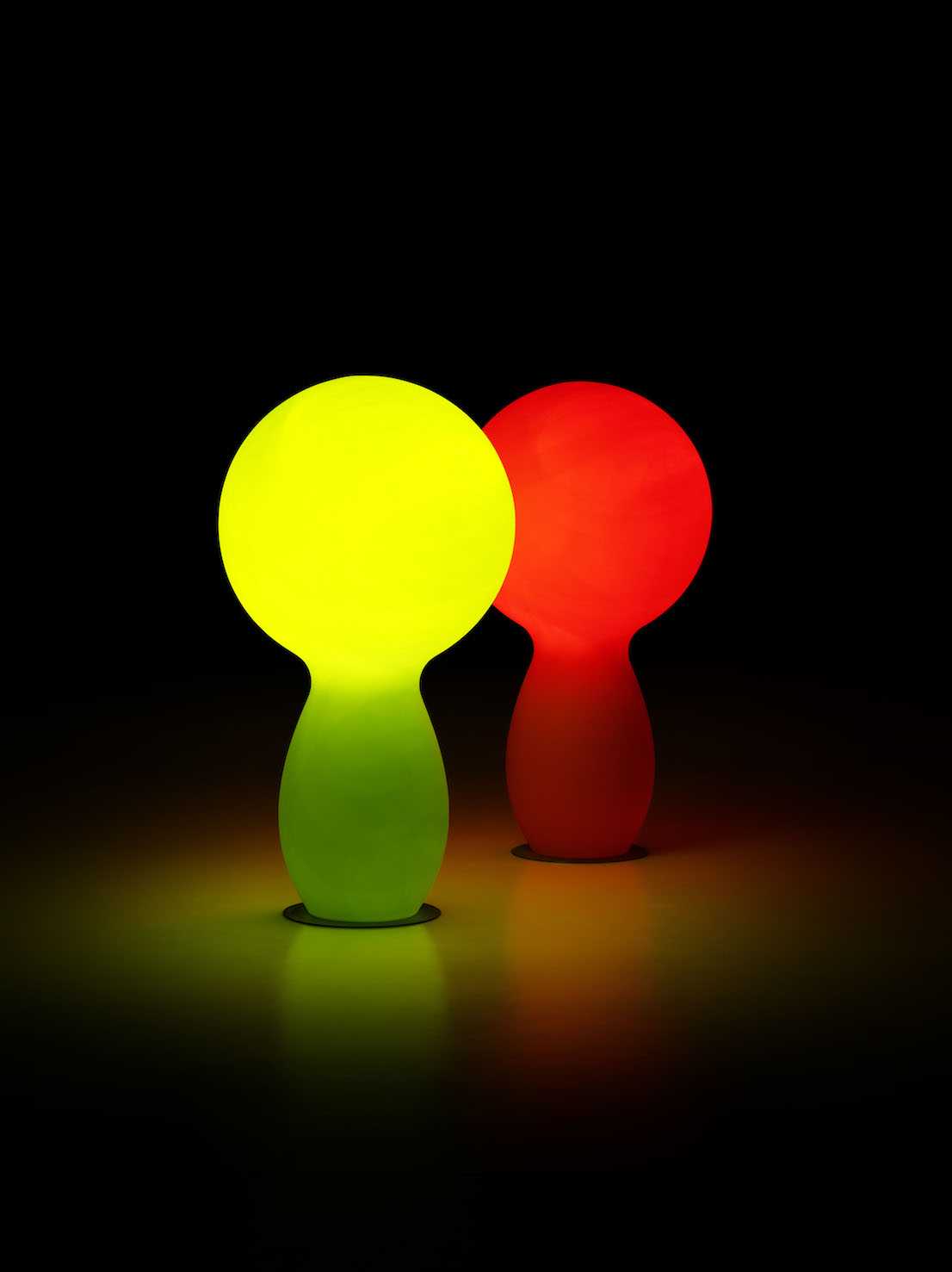
Trim, design by Valerio Sommella for Plust, 2010.
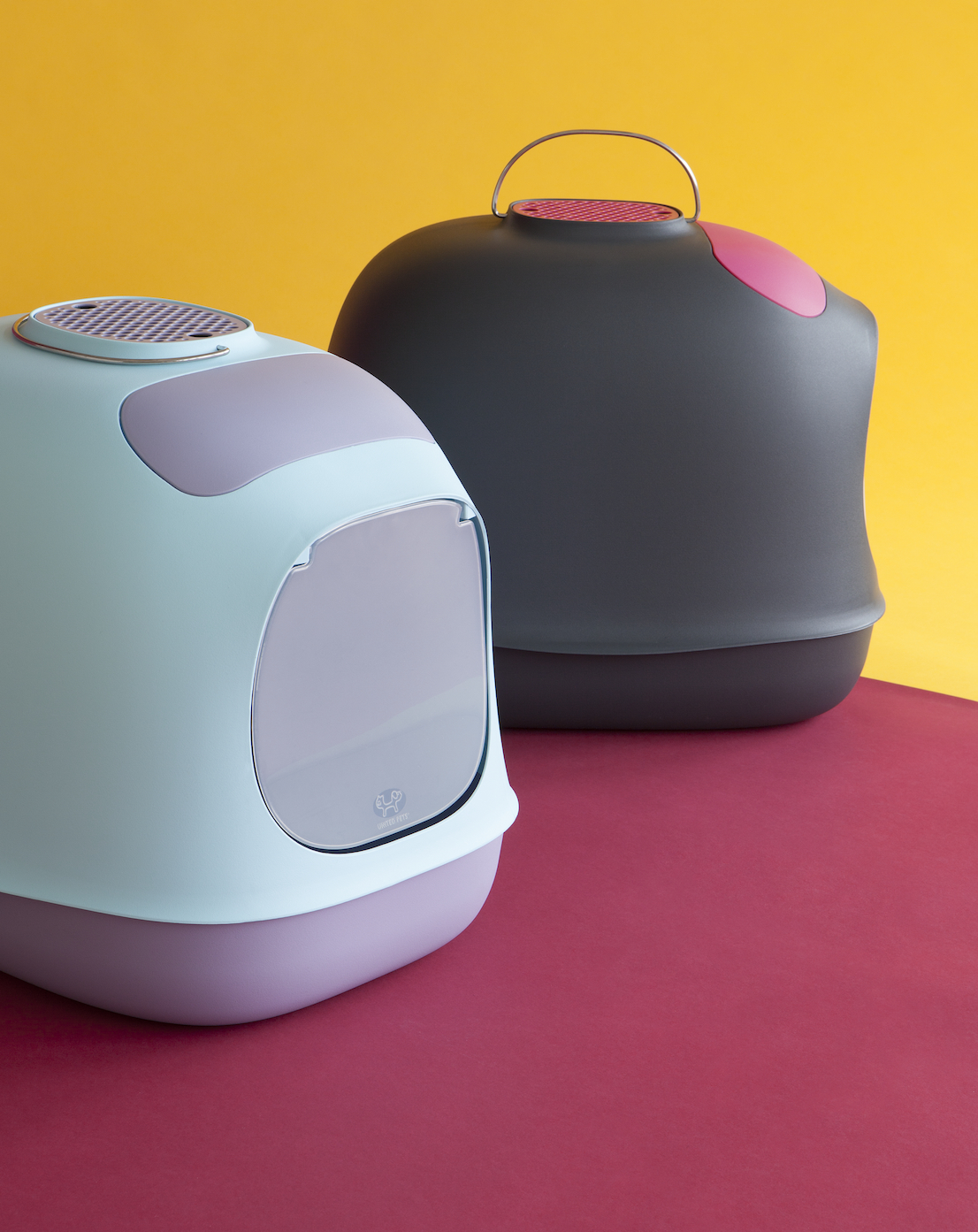
Minù, design by Valerio Sommella for United Pets, 2013. Photo: Bea De Giacomo
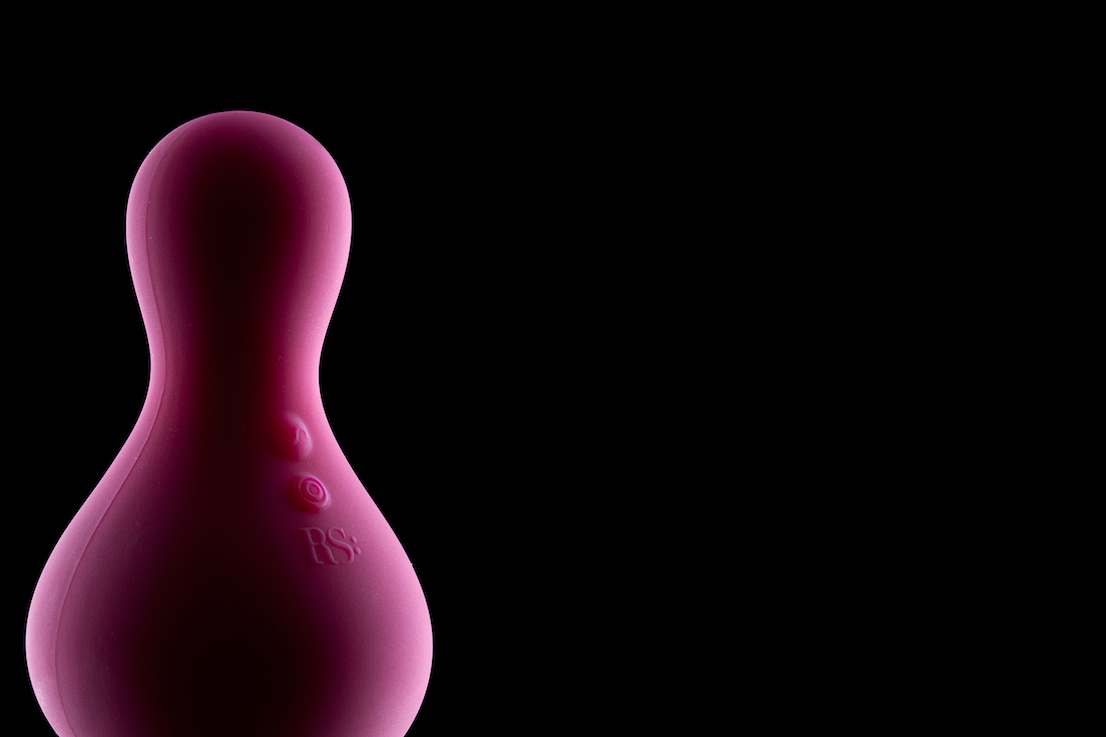
Matrioska, design by Valerio Sommella for Rianne S, 2010.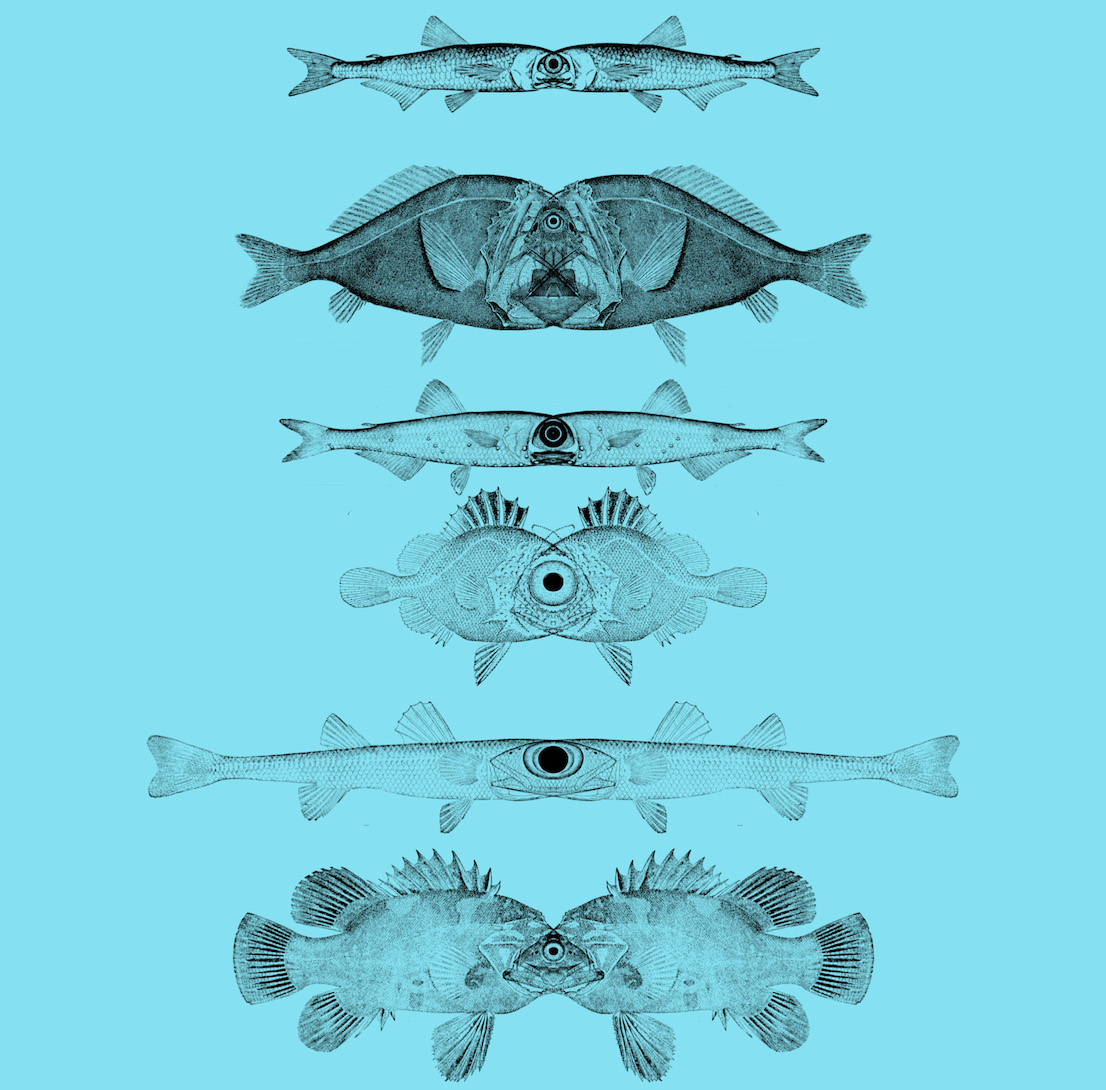
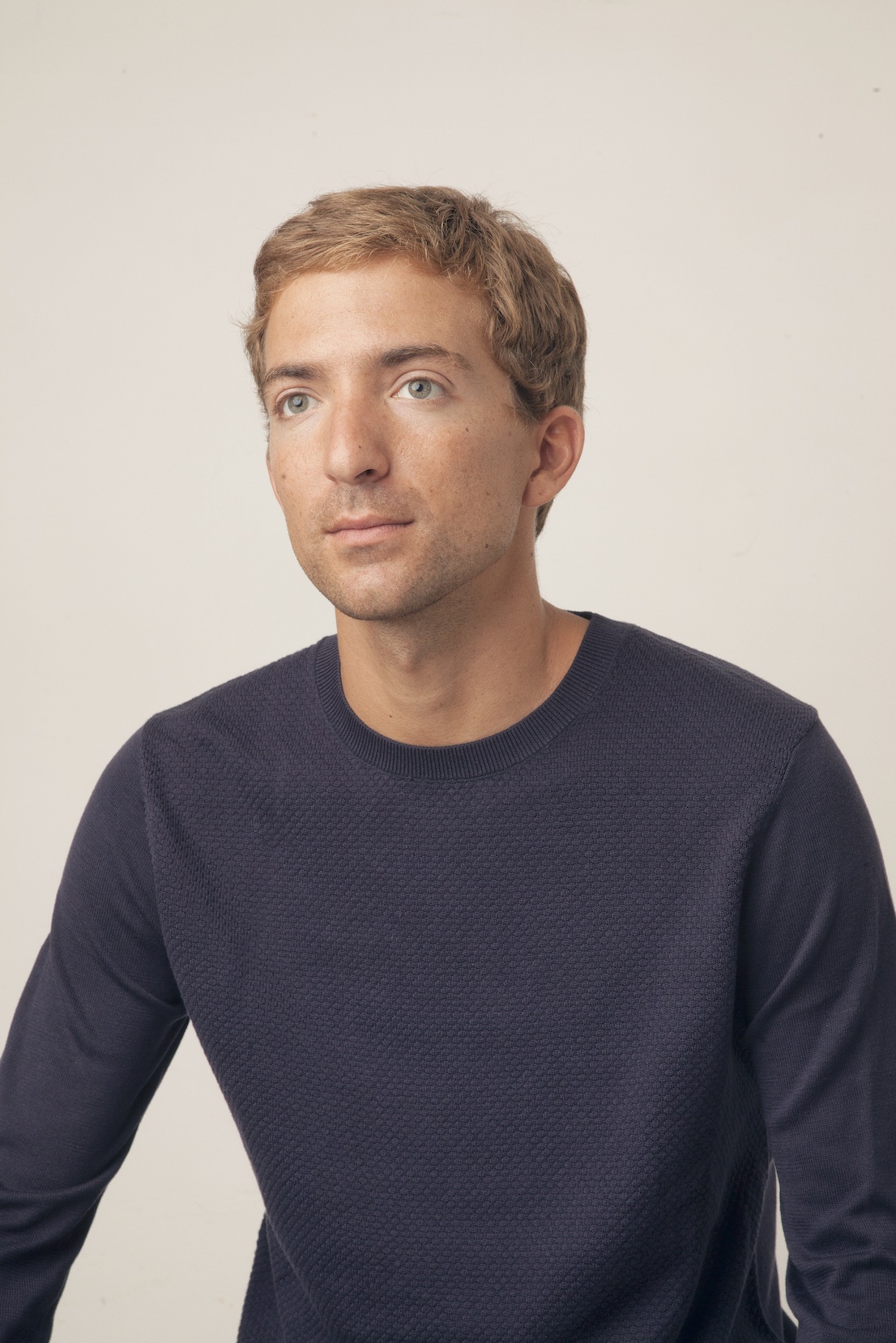
Valerio Sommella. Photo: Francesco Nazardo.